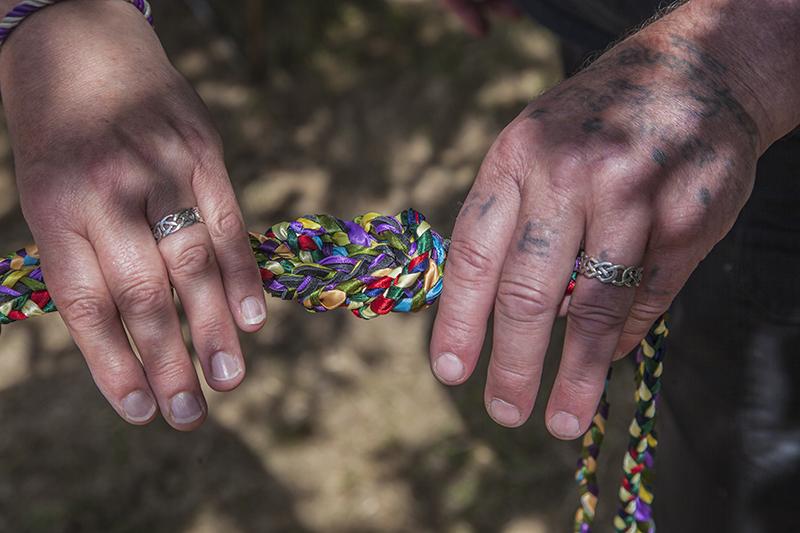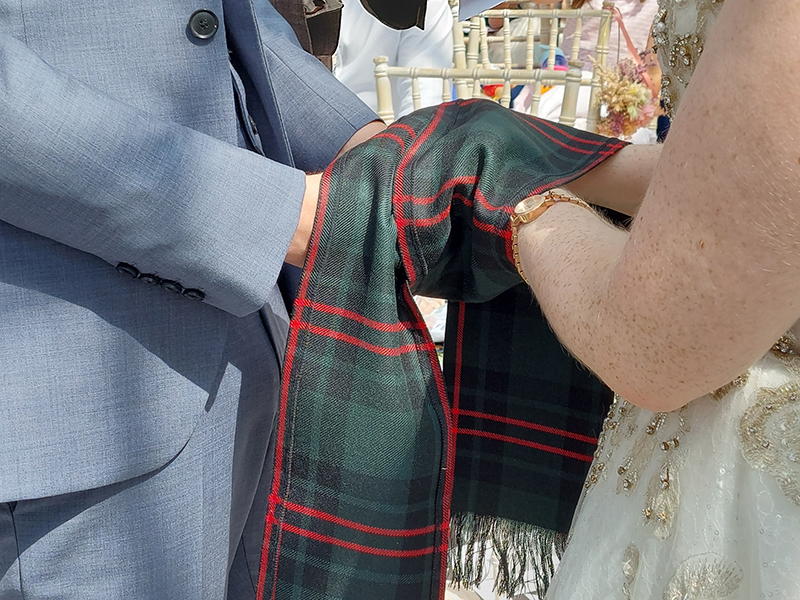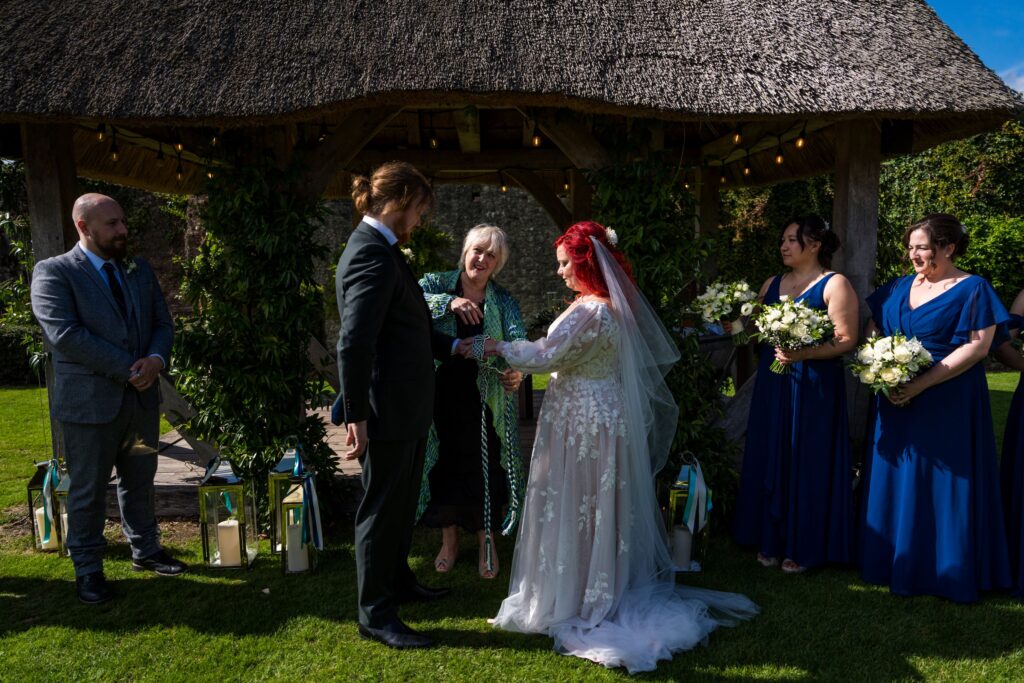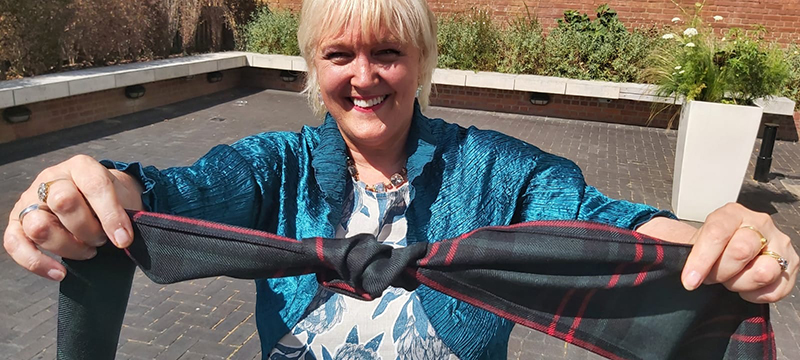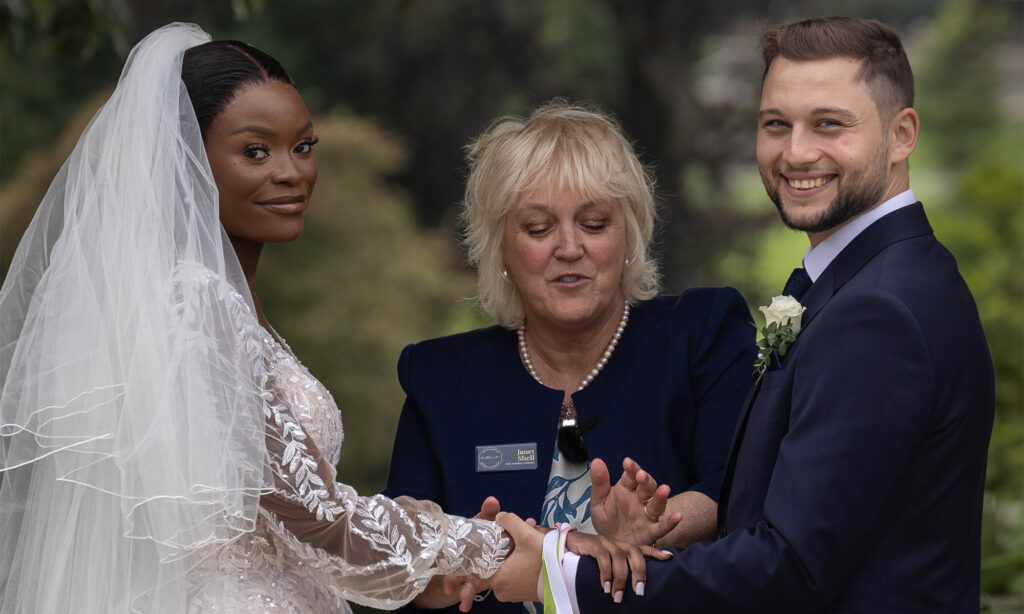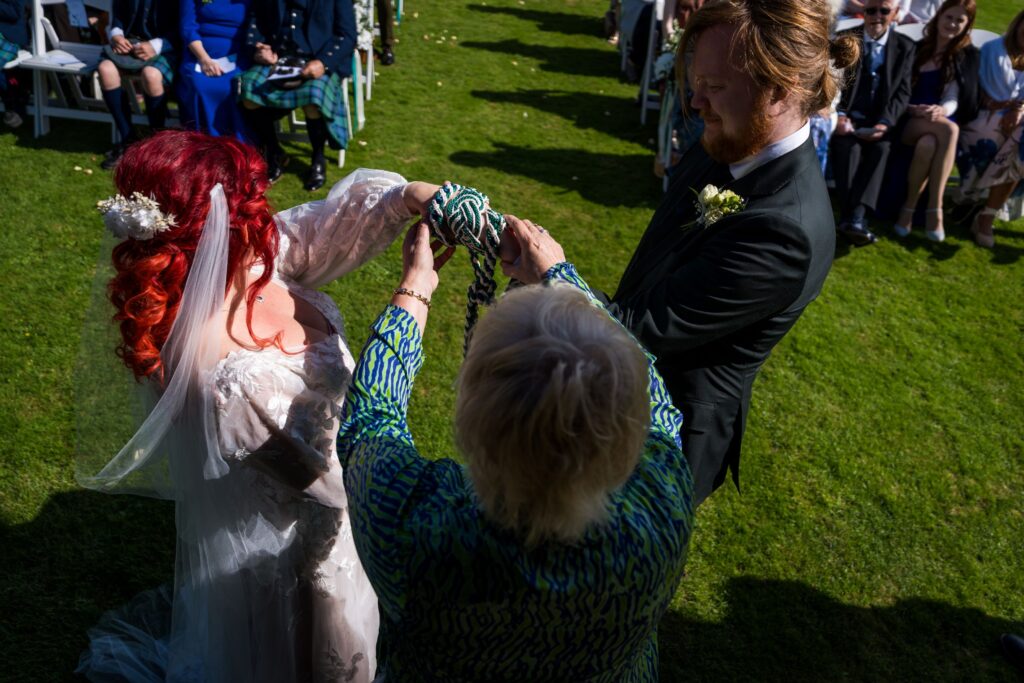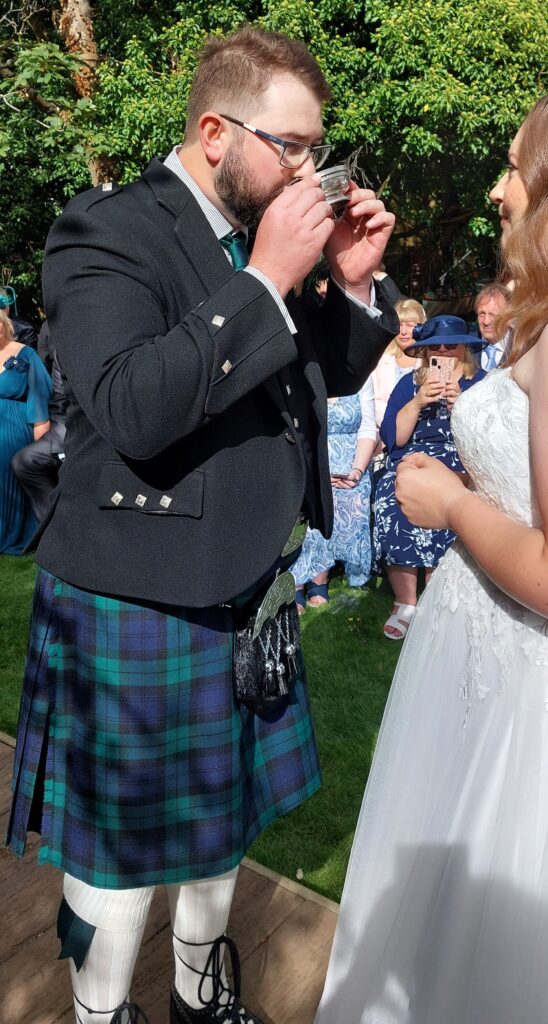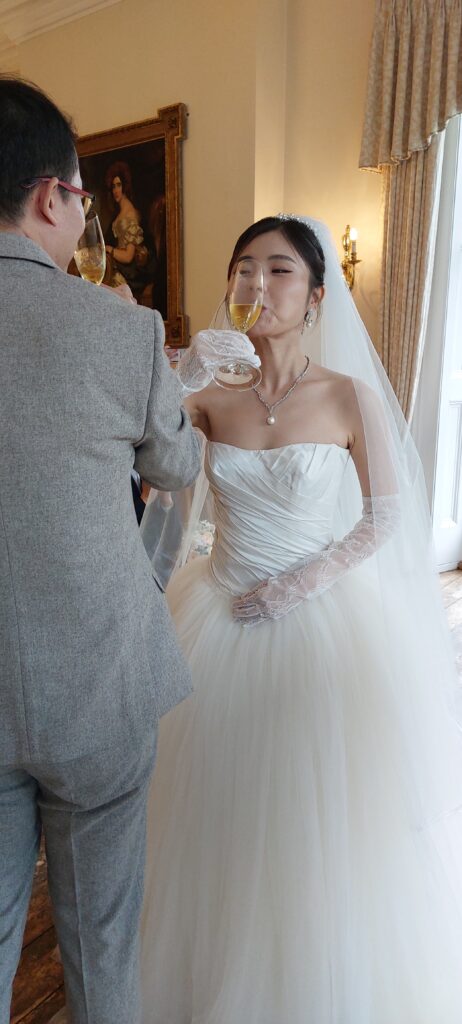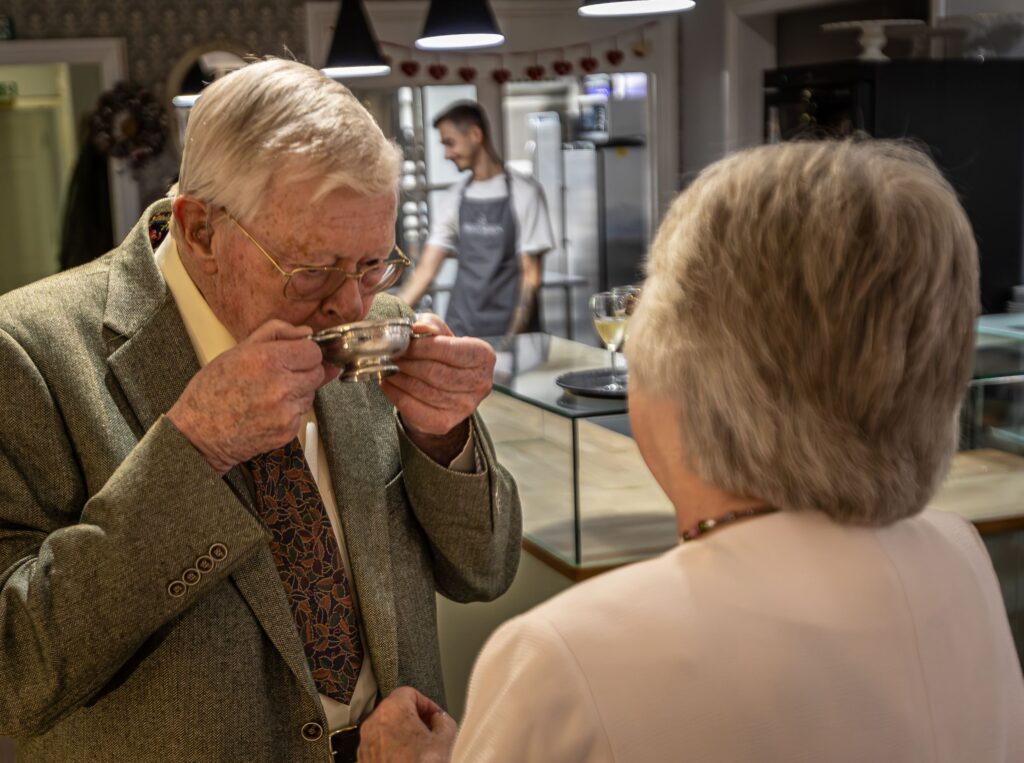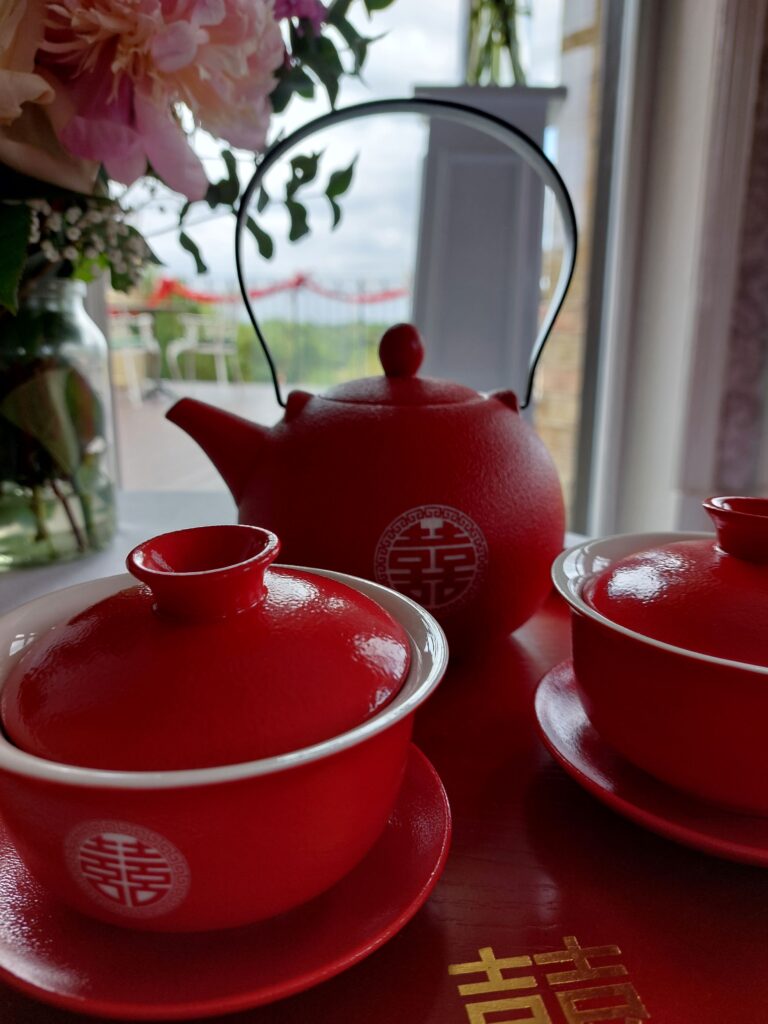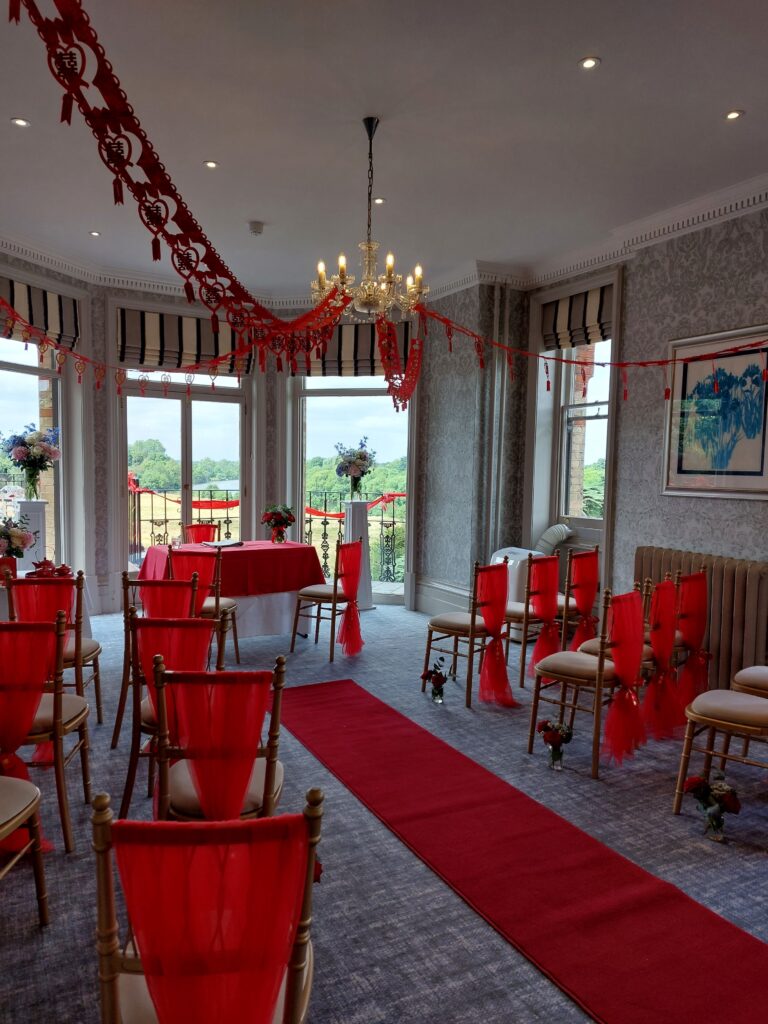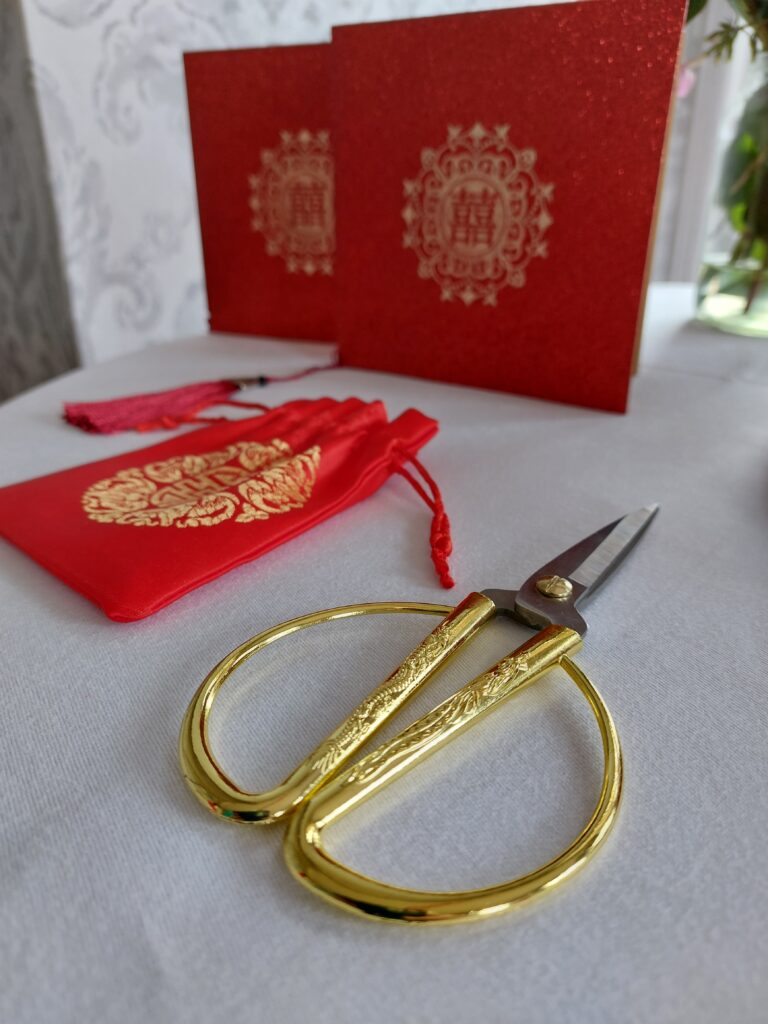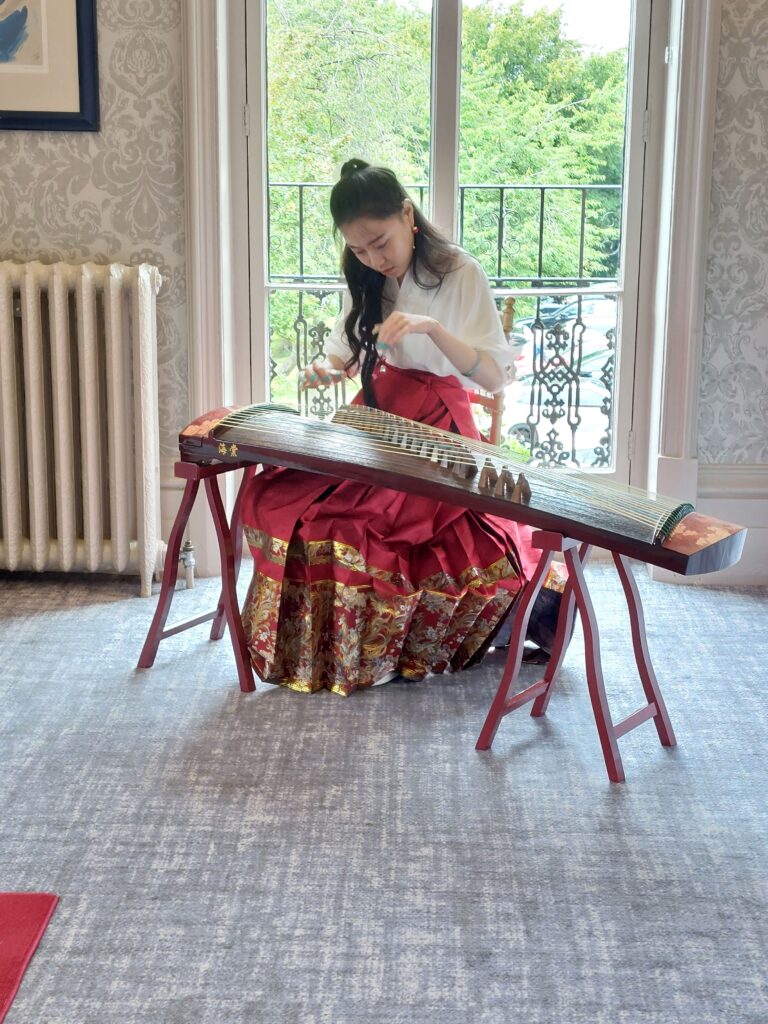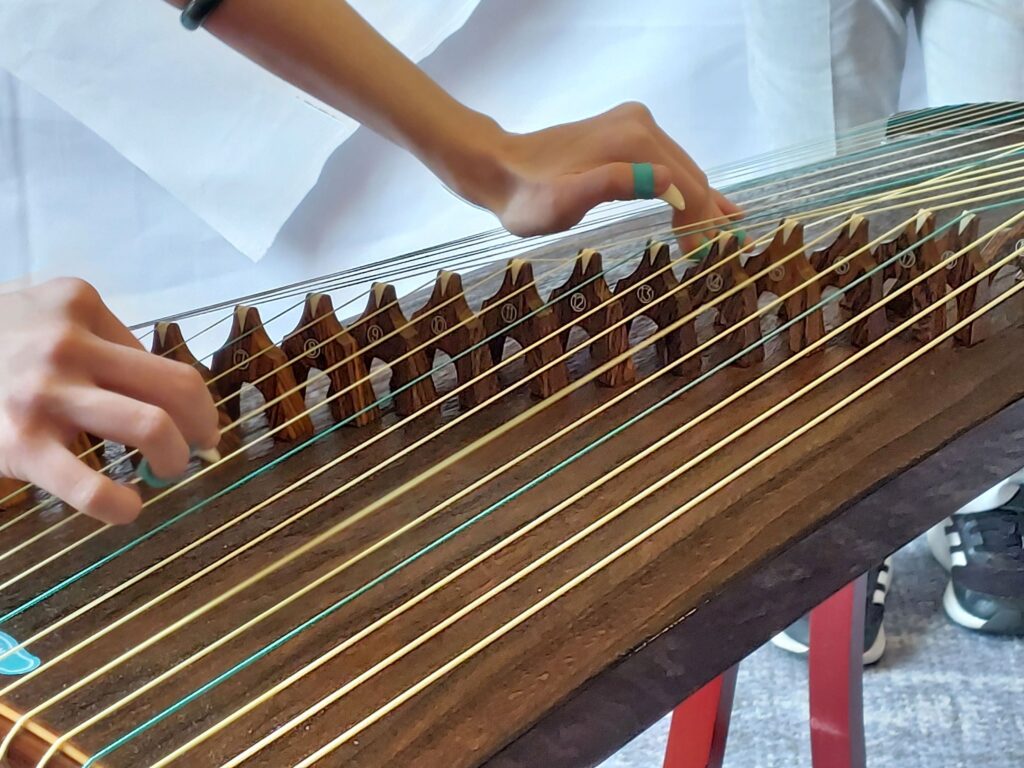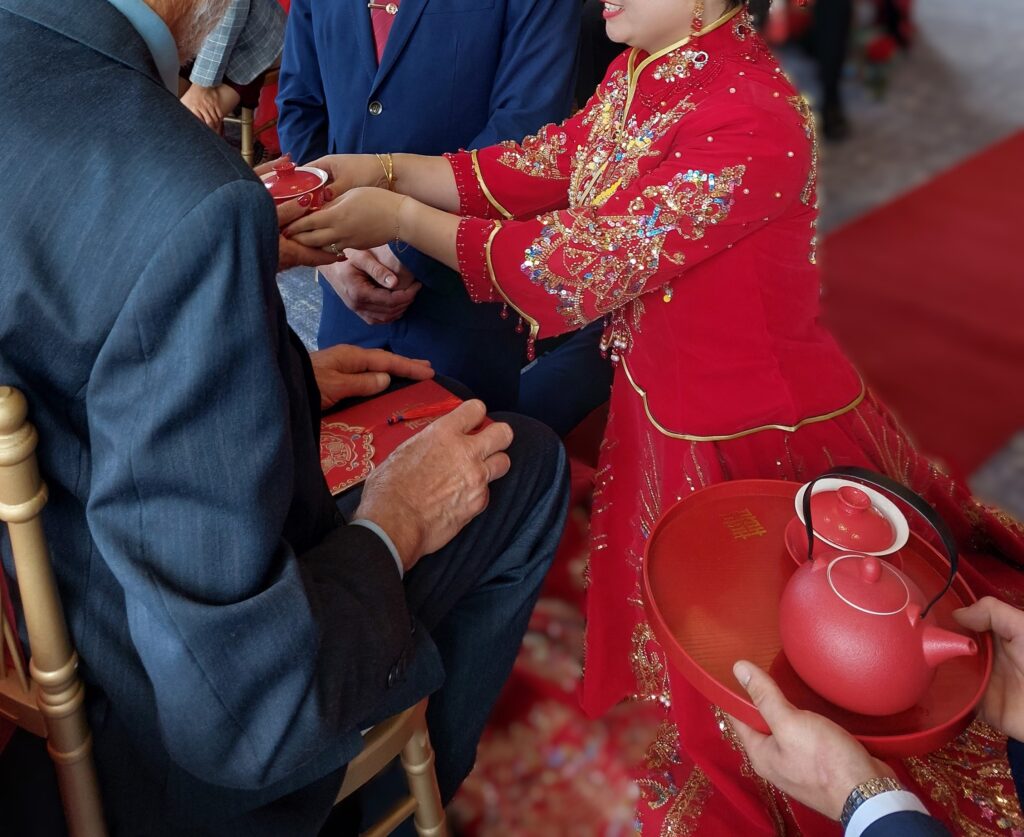
EXTRA! EXTRA!
Here you can find some of the things that help make your ceremony stand out! From handfasting to a quaich ceremony to a sand ceremony to a game all guests can enjoy, this page is dedicated to some of the extras I have already included. I am open to ideas, so if you have seen something at another wedding and think it would be a good fit, just get in touch!
HANDFASTING
This allegedly comes from ancient Celtic traditions and certainly it seems to be an old custom. When you are married in a church, the vicar will place the stole over your hands at the blessing, and I wonder if it is a throwback to these customs. It has taken its place in the celebrant ceremonies of today and greater minds than mine have researched the history and the different knots. It is a really fabulous visual symbol of the knot that we tie when we commit to another person.
So far, I have worked with one to three pieces of fabric or ribbon. There are different ways of tying each of these and the couple remain bonded together as they say their vows, although it can take place at any time during the ceremony. Then they each keep hold of one end of the material and gently pull apart, thus ‘tying the knot’. With three pieces of material, this becomes the unity knot as shown in the plaited leather on the photos.
Any material/ribbon works best at between 1.5 – 2 m long and not only is it a great moment to capture on camera but also the couple can frame it after to remind them of the day they were united.
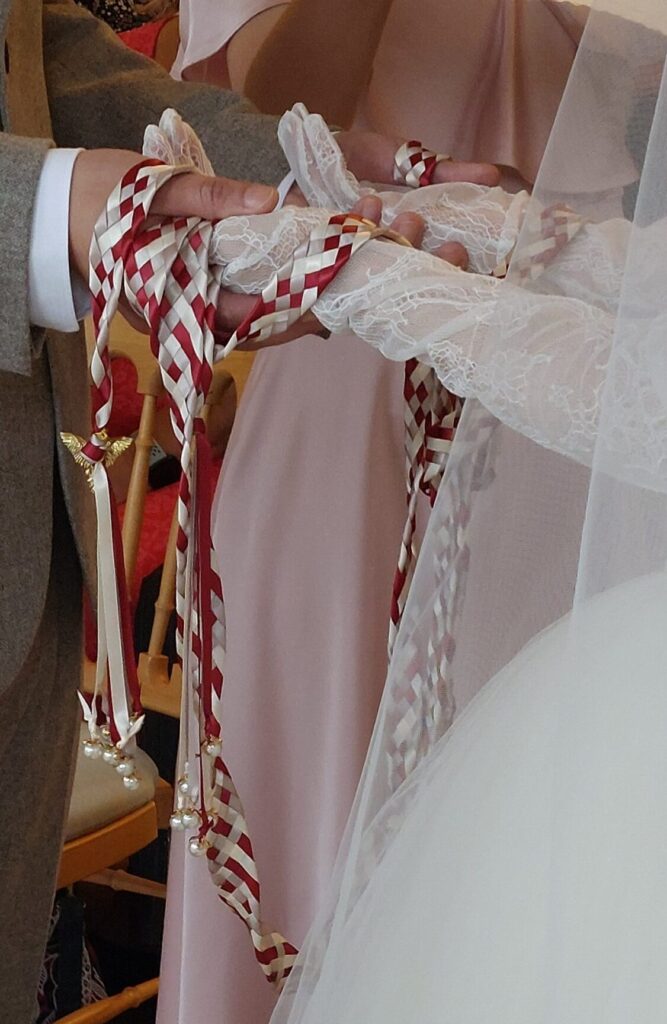
The first handtying I created for a couple was for their third wedding anniversary and it was a surprise on heathland involving leather shoe laces! I progressed to ribbons and material from there!
Choose colours that mean something to you both or that represent something in your life. Some people use old dresses/shirts that have a deep significance for example; most poeple buy new and one couple at a pagan ritual wove the strands of leather into plaits so I have three large plaits to weave together. It created a massively colourful knot. Each colour that you choose signifies something and I weave that into my story telling. Some couples like to add symbols and charms to the ends but i discourage that as they tend to get stuck as we pull apart and I have to leap in and rescue the knotted mess! The photo here shows the calm before the storm!

SAND CEREMONY
A sand ceremony is a great way to include guests, particularly children. Couples buy a receptical with a top or bung that sits tightly and a range of coloured sands. The colours have attributions like in handfasting. Then, with my trusty funnel, sand is poured in layers into the bottle. I bring a funnel for obvious reasons! The layers that emerge are beautiful and it is very satisfying! It becomes a keepsake for the family for years to come.
QUAICH OR LOVING CUP
A Scottish tradition is to drink some very good whisky or drink of choice, at the end of the ceremony from the family quaich, a cup that is often handed down through the generations. The couple share the first sip and then traditionally pass the cup around to parents and close relatives. Nowadays we tend to stick to the couple. A Chinese wedding asked for this at the very end of their ceremony and called it cross cupping and it is a tradition there too. It doesn’t have to be an old cup of course, but rather wonderful if there is one in the family. Apparently the drink of choice has to be finished by the end of the evening for good luck: not a hardship I gather.
TEA CEREMONY
I have officiated over a tea ceremony which is a traditional element in a Chinese wedding. The couple organised the whole thing and then asked me to inform the guests what was happening. It was a lovely addition to a ceremony, with the parents being welcomed into each family. Part of the ceremony also includes a gift of money in an envelope. All in red of course. This particular ceremony also included a hair cutting element which comes from the bride’s specific region of China. I was glad I was not asked to help with that! Throughout we had a guzheng player which added to the atmosphere.
If you have a tradition from your family heritage that you would like to include, just let me know. For one Jewish/Scottish wedding, an interfaith ceremony where both heritages were acknowledged (a real bonus of a celebrant led ceremony), the couple had the seven vows read and then smashed the glass at the very end of the service. I love seeing different customs and learning of their significance.

